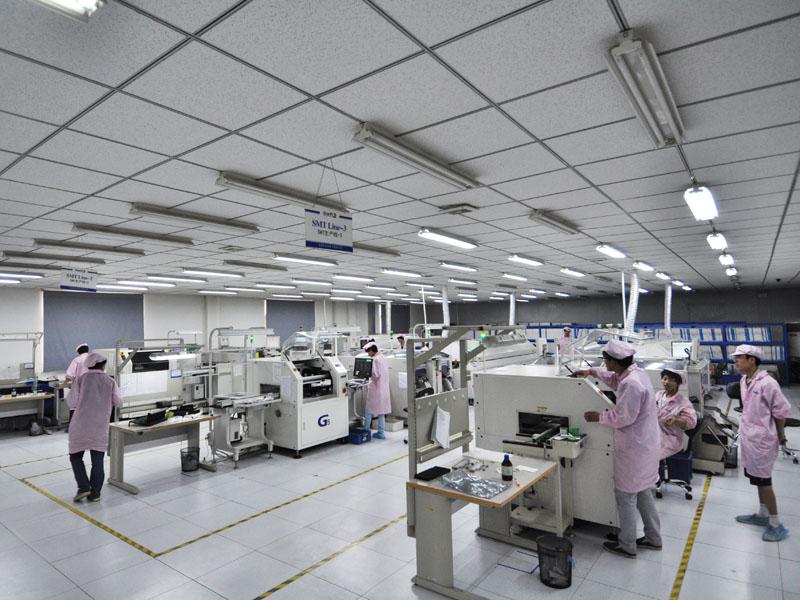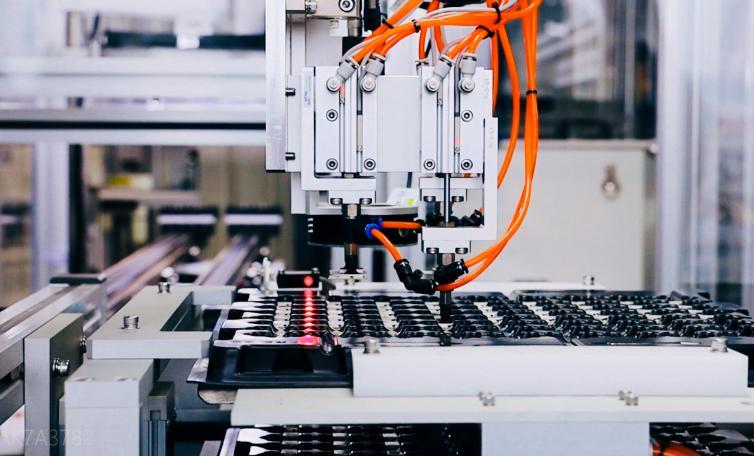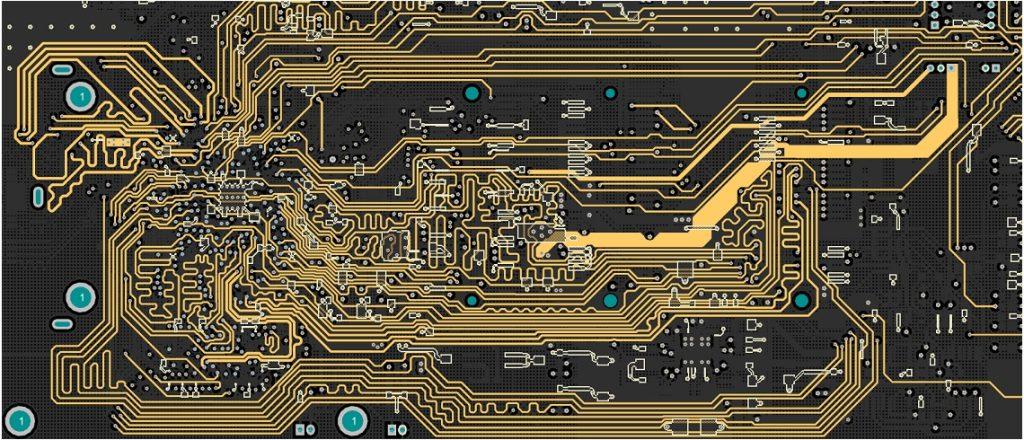There are three main vane indicators to measure a company’s success, namely, employees, turnover, and profit increase; there are also three main vane indicators to measure the success of a company’s manufacturing management, namely, manufacturing cycle time, resource efficiency, and process stability.
PCBA processing factories need to set performance indicators for work orders, equipment, personnel, and quality based on these three vane indicators to measure the excellence of a company’s manufacturing process. Suppose we cannot properly define manufacturing KPIs. In that case, we cannot use IT systems to support our assessment of whether there is room for optimization of the six manufacturing business processes (production control, production preparation, planning and scheduling, quality control, equipment maintenance, and information management), each of which has high-level business objectives tied to multiple key metrics.
MESA (Manufacturing Enterprise Solutions Association) has sponsored a study over the past several years designed to help the manufacturing marketplace identify the most important metrics and to help decision-makers understand metric improvement and its relationship to metric planning and software solution usage. As part of the latest metrics survey, these 28 manufacturing metrics were identified as the most used by discrete, process, and hybrid/batch manufacturers.

The following is an elaboration of the categorization of these 28 KPIs.
Improving Customer Experience and Responsiveness
1.On-Time Delivery to Commit — This metric is the percentage of completed products the manufacturer delivers to the customer as promised.
2、Manufacturing Cycle Time — Measures the time required from when an order is placed to the start of the production process to the time it takes to complete the finished product.
3、Production changeover time Time to Make Changeovers — Measure the speed or time required to change the production line or factory from producing one product to producing a different product.
improve quality
4、The percentage of finished products that pass inspection at once First Pass Yield — indicates the percentage of products that are correctly manufactured and meet specifications the first time in the manufacturing process, without scrap or rework.
5、Customer Rejects/Returns Material Authorizations /Returns Customer Rejects/Return Material Authorizations /Returns — Measures the number of times a customer rejects a product or requests a return based on bad or non-conforming products received.
6、Supplier’s Quality Incoming — Measures the percentage of quality materials entering the manufacturing process from specified suppliers.
efficiency
7、Capacity Throughput — Measures the number of products produced by a machine, line, equipment, or plant in a specified period.
8, Capacity Utilization — indicates the proportional size of capacity utilization at a given time.
9、Overall Equipment Effectiveness (OEE) — This multidimensional measure is a multiplier of availability x performance x quality; OEE can indicate the overall effectiveness of production equipment or an entire production line.
10、Schedule or Production Attainment — The percentage of time to reach the target production level within the specified time.
Inventory Reduction
11、Work-in-Progress Inventory/Turns — A common ratio calculation used to measure the effective use of inventory materials. It is calculated by dividing the cost of goods sold by the average inventory used to produce those items.
Assurance Compliance
12. Reportable Health and Safety Incidents Reportable Health and Safety Incidents — Measures the number of accidents or near misses of health and safety events that occur over time.
13、Reportable Environmental Incidents — Measures the number of environmental incidents that occurred over time.
14.Several Non-Compliance Events / Year — Measures the number of times a facility exceeded normal regulatory compliance rules guidelines in a year. Complete records are required for specific times of non-compliance, causes, and solutions.
Reduced Maintenance
15. Percentage Planned vs. Emergency Maintenance Work Orders — This ratio metric indicates how often planned maintenance occurs rather than more disruptive/unplanned maintenance.
16.Downtime in Proportion to Operating Time — The ratio of downtime to operating time is a direct indicator of the availability of production assets.
Improve flexibility and innovation
17、Rate of New Product Introduction — It indicates how quickly a new product can be introduced to the market and usually includes a combination of design, development, and manufacturing acceleration time.
18、Engineering Change Order Cycle Time — Measure the speed of design changes or modifications to existing products, which can be achieved through documentation and mass production.

reduce costs and improve profitability
19, manufacturing cost per unit (excluding materials) Total Manufacturing Cost per Unit Excluding Materials — This measures all possible controllable costs for a given manufacturing unit, item, or quantity.
20、Manufacturing Cost as a Percentage of Revenue — The ratio of the total manufacturing cost to the total revenue of a manufacturing plant or business unit.
Net Operating Profit — A measure of the financial profitability of a manufacturing plant or business unit for all investors/shareholders/creditors before or after taxes.
22. Productivity in Revenue per Employee — This is a measure of the revenue generated by a plant, business unit, or company divided by the number of employees.
23, Average Unit Margin Contribution Average Unit Contribution Margin — This indicator is calculated by dividing the profit margin generated by a manufacturing plant or business unit by a given unit or production volume.
24. Net Asset Value/Return on Net Assets Return on Assets/Return on Net Assets — A financial performance indicator calculated by dividing the net income of a manufacturing plant or business unit by the value of deployed fixed assets and working capital.
25. Energy Cost per Unit — A measure of the energy cost (electricity, steam, oil, natural gas, Etc.) required to produce a specific unit or volume of production.
26、Cash-to-Cash Cycle Time — This measure is the duration between purchasing inventory from a manufacturing plant or business unit and collecting receivables/payables (usually in days) for the sale of products using the inventory.
27. EBITDA — This indicator stands for earnings before interest, taxes, depreciation, and amortization. It is the calculation of the earnings of a business unit or company before any interest, taxes, depreciation, and amortization are subtracted from the final accounting for revenues and expenses. EBITDA is often used as a top indicator of a company’s operating profitability.
28. Customer Fill Rate/ On-Time Delivery/ Perfect Order Percentage Customer Fill Rate/ On-Time delivery/ Perfect Order Percentage — This indicator is the percentage of times a customer receives all the products they ordered, meets the correct specifications, and is delivered at the expected time.
Conclusion
The level of recognition of the importance of the above KPIs varies from company to company and industry, so they can only be used as a reference. More importantly, many manufacturing companies do not measure relevant KPIs for applying key indicators, and only qualitative judgments are available. In the future, the application of KPIs will be increasingly important and will become an objective basis for improving smart manufacturing-related projects.



